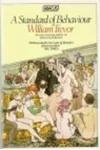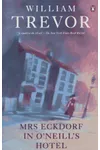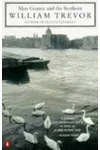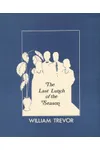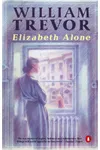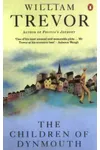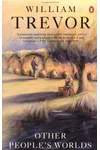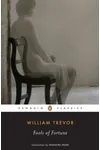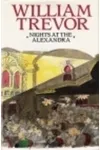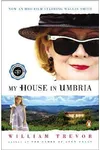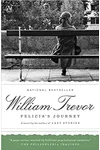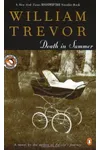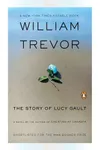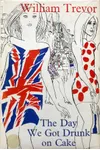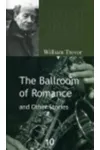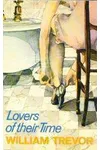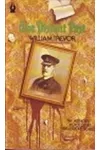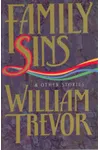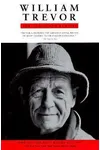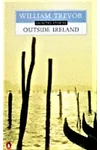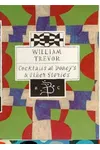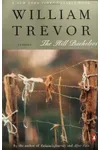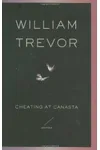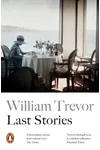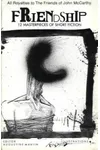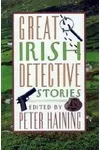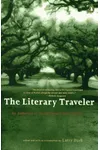Picture an Irish storyteller who spun tales of heartbreak and wry humor from the quiet corners of life—meet William Trevor! Born in County Cork, this literary giant crafted over 40 works, earning acclaim as one of the 20th century’s finest short story writers. His ability to distill complex emotions into concise, powerful prose made him a master of the human condition.
From rural Irish farms to dreary English towns, Trevor’s stories captured the struggles of ordinary folks with a Chekhovian touch. Let’s dive into the life, works, and legacy of this remarkable author whose pen turned the mundane into the profound.
The Making of William Trevor
William Trevor Cox was born on May 24, 1928, in Mitchelstown, County Cork, to a middle-class Anglo-Irish Protestant family. His father’s job as a bank manager meant frequent moves across southern Ireland, shaping Trevor’s keen observer’s eye. Educated at St. Columba’s College and Trinity College, Dublin, where he studied history, he married Jane Ryan in 1952 and moved to England in 1954. Before writing, Trevor dabbled in teaching, sculpting, and advertising, but his passion for storytelling took root with his first novel, A Standard of Behaviour (1958), though he later dismissed it.
William Trevor’s Unforgettable Stories
Trevor’s true brilliance shone in his short stories, often compared to Chekhov and James Joyce for their precision and emotional depth. His tales focused on marginalized characters—lonely children, aging spinsters, or unhappily married souls—who retreat into fantasies to escape harsh realities. Collections like The Ballroom of Romance (1972) tell of Bridie, a woman tethered to her disabled father, seeking love in a rural dance hall, only to face bittersweet compromise. Angels at the Ritz (1975) weaves wry humor into tales of urban loneliness.
His novels, such as Fools of Fortune (1983), explore Ireland’s troubled history through the lens of the Anglo-Irish “Big House,” blending tragedy with quiet grace. Felicia’s Journey (1994), a chilling tale of a vulnerable Irish girl ensnared by a predator, won the Whitbread Book of the Year and was adapted into a film. Trevor’s prose—lean, evocative, and laced with irony—painted vivid worlds where small moments carried profound weight.
His final collection, Last Stories (2018), published posthumously, showcases his signature “evasive precision,” with tales of women navigating love and loss. Trevor’s ability to reveal truth through what’s left unsaid made him a virtuoso of the short story, a form he called “the art of the glimpse.”
Why William Trevor Matters
William Trevor’s impact lies in his universal portrayal of human fragility. His stories, set against the backdrop of Ireland’s Catholic-Protestant tensions or England’s post-war malaise, resonate with readers worldwide. He won three Whitbread Prizes, the Hawthornden Prize, and was knighted in 2002 for his contributions to literature. Nominated five times for the Booker Prize, he was also a member of Aosdána, Ireland’s prestigious artist collective.
Trevor’s legacy endures in his ability to find beauty in the overlooked. Writers like John Banville and Anne Enright praise his craftsmanship, while readers cherish his empathy for life’s underdogs. His work remains a testament to the power of storytelling to illuminate the human soul.
About William Trevor
- Born: May 24, 1928, Mitchelstown, County Cork, Ireland
- Key Works: The Ballroom of Romance, Felicia’s Journey, Fools of Fortune, Last Stories
- Awards: Three Whitbread Prizes, Hawthornden Prize, Honorary KBE (2002)
- Died: November 20, 2016, Somerset, England
Snag The Ballroom of Romance or Last Stories and dive into William Trevor’s poignant, beautifully crafted world of short stories!
